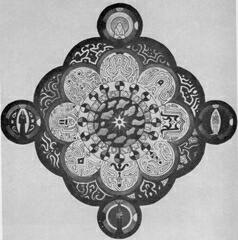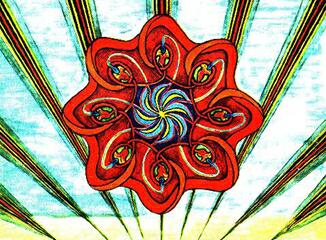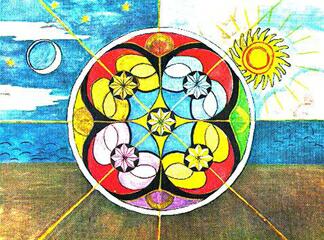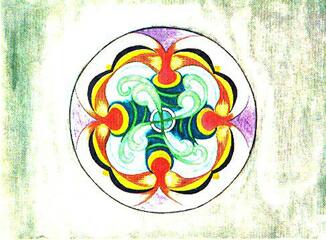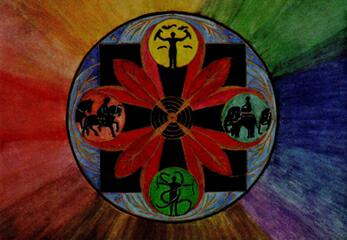
Getting to know your type
Young considered our personality grew from the collective unconscious. Firstly, he saw that personalities expressed itself more dominently as one more comfortable with teh world of thoughts, feelings and ideas, or what he labeled introver. Or as the polar oppositie: One concerned with social interaction: Extrovert. Next he articulated the functions:
- Sensing
- Thinking
- Perceiving
- Feeling
Here is some detail from http://www.ship.edu/~cgboeree/jung.html
Introversion and extroversion
Jung developed a personality typology that has become so popular that some people don't realize he did anything else! It begins with the distinction between introversion and extroversion. Introverts are people who prefer their internal world of thoughts, feelings, fantasies, dreams, and so on, while extroverts prefer the external world of things and people and activities.
The words have become confused with ideas like shyness and sociability, partially because introverts tend to be shy and extroverts tend to be sociable. But Jung intended for them to refer more to whether you ("ego") more often faced toward the persona and outer reality, or toward the collective unconscious and its archetypes. In that sense, the introvert is somewhat more mature than the extrovert. Our culture, of course, values the extrovert much more. And Jung warned that we all tend to value our own type most!
We now find the introvert-extravert dimension in several theories, notably Hans Eysenck's, although often hidden under alternative names such as "sociability" and "surgency."
The functions
Whether we are introverts or extroverts, we need to deal with the world, inner and outer. And each of us has our preferred ways of dealing with it, ways we are comfortable with and good at. Jung suggests there are four basic ways, or functions:
The first is sensing. Sensing means what it says: getting information by means of the senses. A sensing person is good at looking and listening and generally getting to know the world. Jung called this one of the irrational functions, meaning that it involved perception rather than judging of information.
The second is thinking. Thinking means evaluating information or ideas rationally, logically. Jung called this a rational function, meaning that it involves decision making or judging, rather than simple intake of information.
The third is intuiting. Intuiting is a kind of perception that works outside of the usual conscious processes. It is irrational or perceptual, like sensing, but comes from the complex integration of large amounts of information, rather than simple seeing or hearing. Jung said it was like seeing around corners.
The fourth is feeling. Feeling, like thinking, is a matter of evaluating information, this time by weighing one's overall, emotional response. Jung calls it rational, obviously not in the usual sense of the word.
We all have these functions. We just have them in different proportions, you might say. Each of us has a superior function, which we prefer and which is best developed in us, a secondary function, which we are aware of and use in support of our superior function, a tertiary function, which is only slightly less developed but not terribly conscious, and an inferior function, which is poorly developed and so unconscious that we might deny its existence in ourselves.
Most of us develop only one or two of the functions, but our goal should be to develop all four. Once again, Jung sees the transcendence of opposites as the ideal.
Your assignment
Many famous personality profilers have been developed trying to capture Jung's work so that we can better know ourselves. Some are extensively tested whereas others are not. Under no circumstances should the result of a test be reduced to I am this or that...We will two brief tests to explore your personality. Although these profilers are not testsed for validity, they will serve our purpose for exploring the practicle side fo Jung's theory:
http://www.humanmetrics.com/
60 questions
http://bloginality.love-productions.com/
very short, contextual
Answer both tests, record your results, read your type profile, provide a written reflection.

 Watch this space...
Watch this space... 
